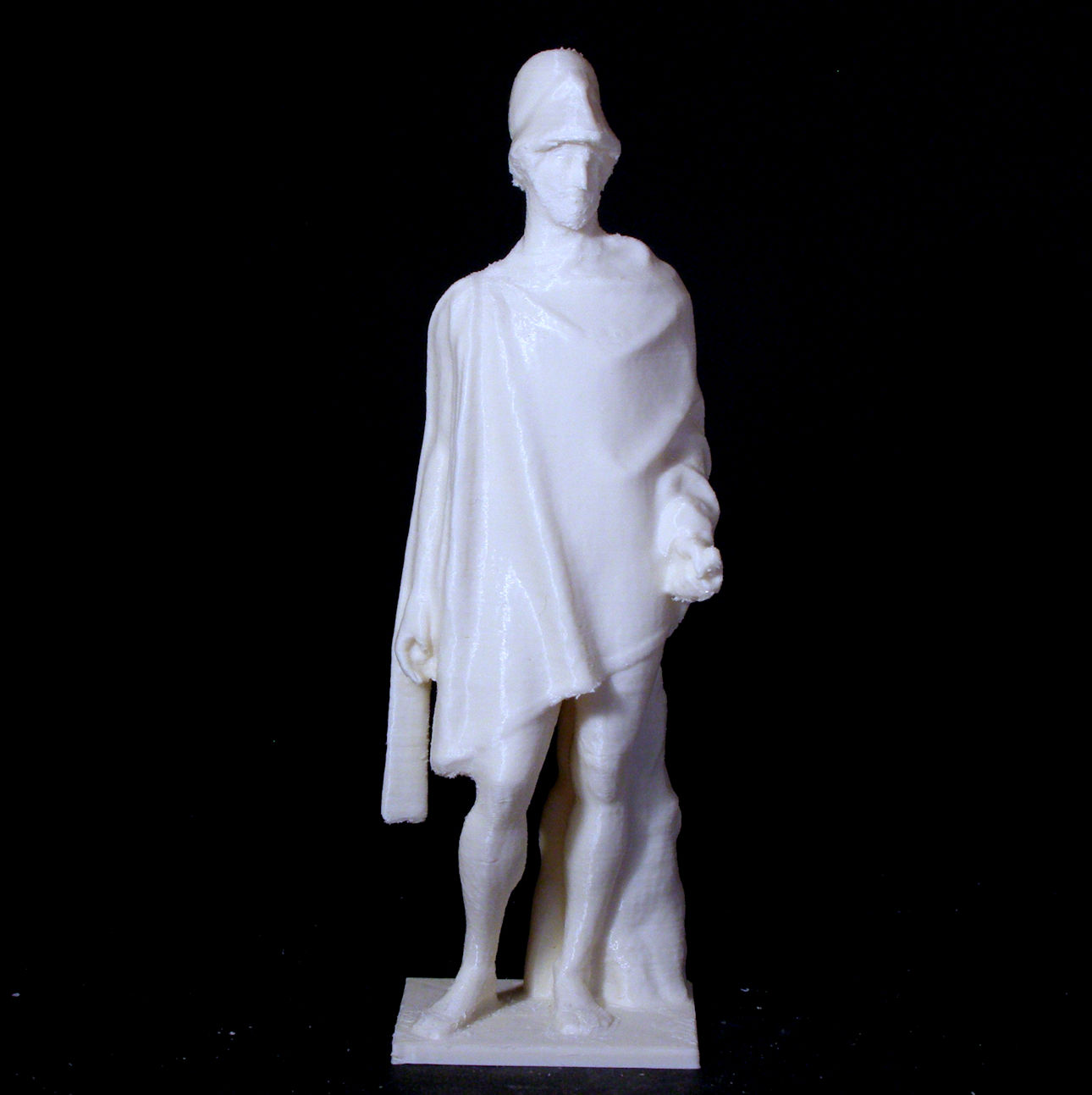
Strategos
myminifactory
The office of Strategos existed in its most famous form in Classical Athens, dating back to the 6th century BC, but it wasn't until the reforms of Cleisthenes in 501 BC that it took on its "classical" shape: a board of ten strategoi elected annually from each of the four tribes. These ten officials were equal in status and replaced the polemarchos, who had previously held the position of senior military commander. At Marathon in 490 BC, they made strategic decisions by majority vote, with each member taking turns as president for the day. Interestingly, the polemarchos still held a casting vote at this time, suggesting that he may have been the commander-in-chief; however, from 486 onwards, he was appointed by lot like other archontes. The annual election of strategoi took place in the spring and ran concurrently with the ordinary Athenian year, which lasted from midsummer to midsummer. If a strategos died or was removed from office, a special election might be held to fill the position. The rule that each tribe must have its own strategos remained unchanged until around 440 BC, at which point two strategoi could be chosen from the same tribe, leaving another tribe without representation. This system persisted at least until 356/7 BC but had disappeared by the time Aristotle wrote his Constitution of the Athenians in 330 BC. During the Hellenistic period, although the number of tribes increased, the number of strategoi remained constant at ten. In the early 5th century, several strategoi combined their military duties with political roles, such as Themistocles, Aristides, Cimon, or Pericles; however, their power came not from their office but from their own personal charisma. As power shifted to the rhetores in the later 5th century, the strategoi were limited to their military responsibilities. Originally, strategoi were appointed on an as-needed basis for specific tasks. On campaign, several strategoi might be placed in joint command, typically up to three at a time; unlike other Greek states where the nauarchos commanded the navy, Athenian strategoi held authority over both land and sea forces. From the mid-4th century onwards, strategoi were increasingly given specific assignments, such as the strategos epi ten choran for the defense of Attica, the strategos epi tous hoplitas in charge of expeditions abroad, the two strategoi epi ton Peiraia responsible for the war harbour of Piraeus, and the strategos epi tas symmorias in charge of equipping warships. This trend continued during Hellenistic times when each strategos was given distinct duties. The Athenian people closely monitored their strategoi. Like other magistrates, they were subject to euthyna at the end of their term of office and also faced a vote by the ekklesia every prytany on whether they were performing well in their duties. If the vote went against them, they would typically be removed from office and put on trial. The title of Strategos is also found in other Greek states during the Classical period, although it's unclear if this referred to an actual office or was used as a generic term for military commander. The office of strategos is attested at least in Syracuse from the late 5th century BC, Erythrae, and in the koinon of the Arcadians in the 360s BC. The title of Strategos Autokrator was also used to describe generals with broad powers, but these powers were granted on an ad hoc basis. Philip II of Macedon, for example, was elected as Strategos Autokrator (commander-in-chief with full powers) of the League of Corinth.
With this file you will be able to print Strategos with your 3D printer. Click on the button and save the file on your computer to work, edit or customize your design. You can also find more 3D designs for printers on Strategos.
